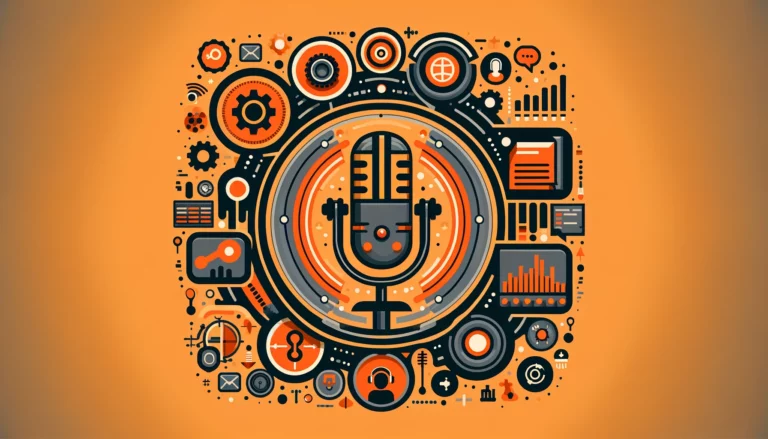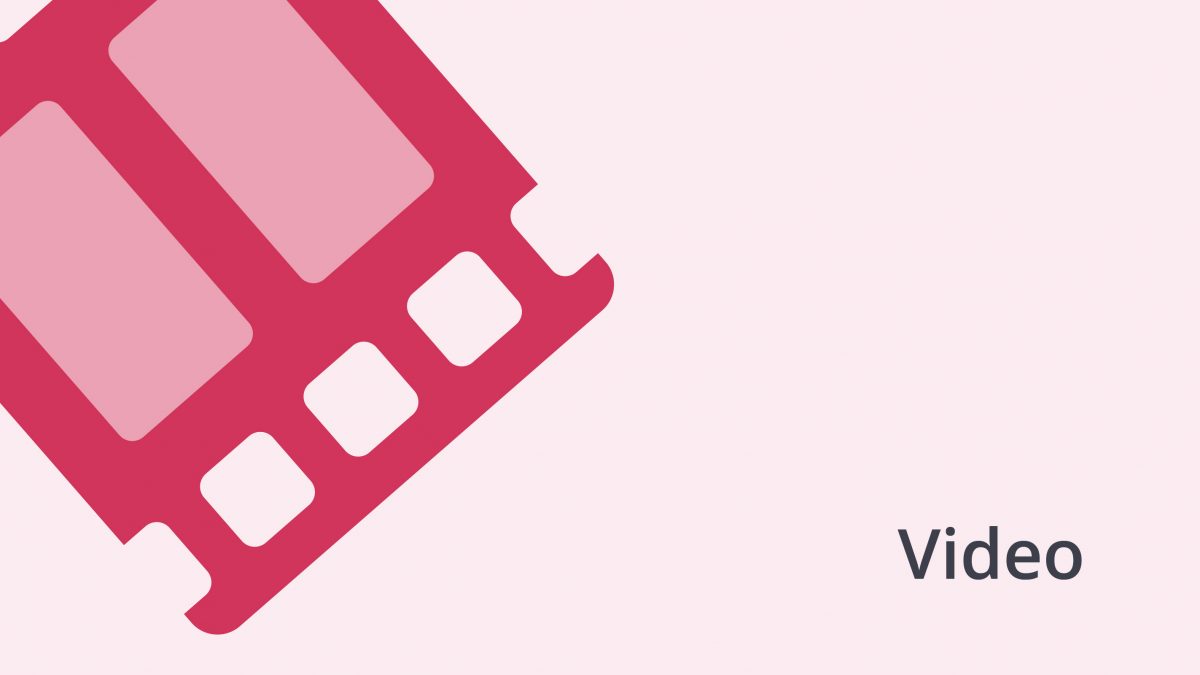Motion graphics are all around you. Lyric videos on You-Tube are a good example, but it’s not always as simple as giving life to text elements.
Before diving into specifics, you first need to understand the difference between animation and motion graphics.
Animation is more of an umbrella term representing the general field of moving imagery. Motions graphics, therefore, are a specific type of animation which focus on giving movement to graphic design elements including text, charts, and graphs.
But if you prefer to watch a video instead, click here:
Why Use Motion Graphics?
Being part of the field of graphic design, motion graphics serve to break down intricate ideas through visual representation.
Do you have a new product or service you need to introduce to your audience? A motion graphics explainer video could help you achieve this in a matter of seconds.
Static graphic design alone couldn’t achieve the same effect, not without the animation. Static graphics include infographics which use visuals and written copy to tell a story or break down intricate information. Motion graphics breathe life into the static world of infographics. You have the freedom to use sound and motion to tell your story in a more engaging way.
Increase Engagement
Video marketing can help your business grow, but it all depends on how you do it. You need high-quality motion graphics paired with a solid content strategy.
Remember that there is a lot you need to take into account if you are to increase the engagement on your videos. Putting aside the standards of quality that you need to uphold, you also need to tailor the video to your audience. Your target viewers should relate to the content, otherwise, there will be no engagement.
Another reason to use motion graphics is elegance.
The simplicity, moving elements, and visual appeal come together to create an elegant and formal result that will appeal to your viewers. These animated videos are great for branding because they are fun and approachable, yet still, manage to highlight the relevance of a brand.
Second, these videos don’t require much from the audience.
They are entertaining, informative, and simple. This means one can easily understand the message even without paying much attention.
Lastly, you can repurpose your videos.
Although its better to create new videos from scratch, consider reusing some shots, particularly those showing your brand or product range.
But then again, any good old explainer video can simplify difficult concepts for viewers, so why use motion graphics specifically?
To answer this question, you need to understand the one feature of motions graphics and what makes them different from other video formats;

They are visually appealing.
Motion graphics are characterized by bright colors, bouncy motions, and fluid transitions. You can even go as far as calling them colorful and fun. They are visually appealing and will not only attract an audience but also increase engagement in the video.
The logic behind this is that the viewer should have something to entertain their eyes even as they listen to the narrator. And what better way to keep viewers entertained than with dynamic movements of images, text, and illustrations.
Motion graphics are also straight to the point.
They usually last between 30 seconds to 3 minutes, depending on the message, the advertising platform, and the audience. Viewers love motions graphics because they pack a lot of information into a compact and easy to understand format.
Where to Use Animated Graphics (with examples)
Traditionally, graphic design belongs to the commercial world of marketing and advertising. The other half of motion graphics_animation_belonged to the world of film.
The intersection of these two fields gave rise to motion graphics, which tend to be used for commercial purposes. They are also popular in social media, mostly for entertainment, educative, or commercial purposes.
Want to create ads that go viral? Learn the secrets to marketing success.
Telling a Story
These graphics can be used on its own to tell a story. In the video below, the graphics complement the live-action and make the video more interesting.
Simplifying a Concept
This is the most basic use of motion graphics as illustrated in the example below. Complex concepts and theories can be explained in a matter of minutes. With motion graphics, viewers can visualize the information being presented and hence understand it better.
Creating Awareness
It’s easier to share a message with graphic visuals because they are less distracting.
How to Make Motion Graphics
The beauty of motion graphics is that it gives you the freedom to be creative beyond the limitations of live-action video.
A lot goes into animating graphics, don’t be fooled by the simplicity of the final result. You need to design and animate the graphic elements as well as script the audio and sync the voice over to the video.
For the best results, each of the elements involved needs to be well-executed. In as much as one person can accomplish all this, you can also choose to work with a team of professionals.
The first step to making a motion graphic is to write a creative brief.
This all comes down to three questions;
Who is the audience?
This will determine the general layout and length of your motion graphic. It will also determine the contents of your script and dictate your choice of design elements.
What is your message?
A creative brief will help everyone get on the same page, from the scriptwriter to the animator. Having a clear message will help you develop an outstanding script. Your message should teach viewers something new, prompt them to remember something they already know, or convince them to perform a specific action.
Always have an end goal in mind when creating motion graphics.
How will your viewers feel?
Emotionally inclined content hits harder. Find something your viewers can personally relate to, be it a character or a pain point, and address it in the video.
Depending on how you answer the three questions above, you can select the type of motion graphics that will best suit your purpose.
You can play around with a lot of different graphic design elements, but just because you can doesn’t mean you should. Always consider your audience. Consider what they like to watch as well as how they like to watch it.
It’s not always optimal to use voice-over in your motion graphics.
When making a video for Facebook, for instance, you need to consider that viewers watch 86 percent of the videos on mute. Optimize your content to match this statistic. If people are to engage with your content, it needs to match their interests as well as their behaviors.
It’s also common to display motion graphics in business expos or product launches. In such instances, videos that rely on sound to communicate will not do well.
When designing motion graphics, therefore, always take into account the viewing environment.
Step number two is to visualize and design the elements of the motion graphic.
You need a graphic designer for this. With time, animators have evolved and now differentiate themselves based on specific skills. Therefore, it will be easier to hire a professional with the job title ‘motion graphics designer/ artist.”
After visualizing the elements to use in the video, the designer is expected to translate the sketches into digital designs.
The third step is to animate the designs.
This is the most crucial stage of creating motion graphics. The designer will decide which transitions to use, how to pace and time, and movements to create the illusion of continuity among other things.
Putting everything together _ the animated movements, the sound effects, and the music _ is no easy task.
Animators have to achieve a balance among all the elements being used in motion graphics. Music sets the mood and tone of the video. Sound effects can either distract from the main point or add value to the story. You need to hire a professional who understands how to put it all together.

What Software Should You Use?
You have a lot of options when it comes to the software you can use, but then again, it depends on the effect you want to go for. Different softwares have different limitations. There are also a few online-based software you can use to create motion graphics.
The best motion graphics programs that can combine video, text, audio, create 3D animations, and add special effects as well as visualize data.
Examples of software you can use are:
- Adobe After Effects
- Cinema 4D
- Blender
- Maya
The motion graphics software you choose will depend on the level of complexity you want to go for.
How to Do Motion Graphics Right
In as much as the basic definition of motion graphics implies the simplicity of putting texts and images in motion, you should think bigger. What sets you apart from the competition? Can your audience recognize your brand from the video?
It’s not about doing what everybody else is doing. Find what works for your brand.
Mix it Up
Motion graphics is a solid method of delivering information, but this doesn’t mean you should use the technique on its own. Merge it with other video styles.
You might be wondering its really worth it to go that extra mile.
Well, consider this. In as much as motion graphics are visually appealing and colorful, they tend to be cold. This means that your company might not be connecting emotionally with the audience with motion graphics alone.
Perhaps combine the animated graphics with live-action. For instance, adding an animated character, or simply feature the motion graphics on a live video of your company.
Take the time to learn what works for you, as well as what engages your audience both visually and emotionally.
Conclusion
Motion graphics are a great way to capture your audience’s attention and increase engagement in your videos. This technique of animation is flexible and can be applied in multiple ways. You can use it to sell your products, educate your customers, entertain, or simply tell a story.










